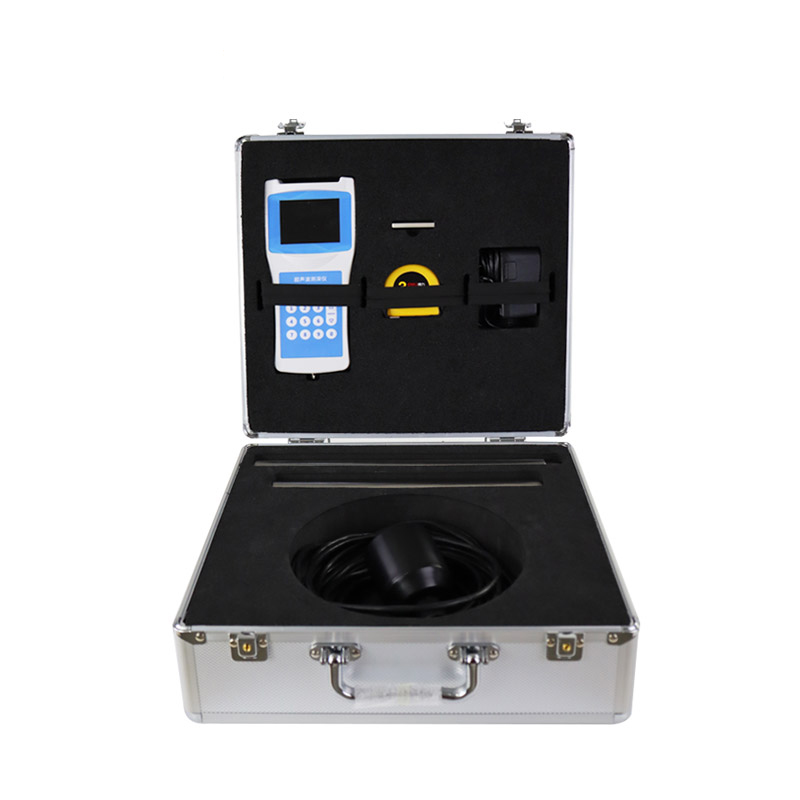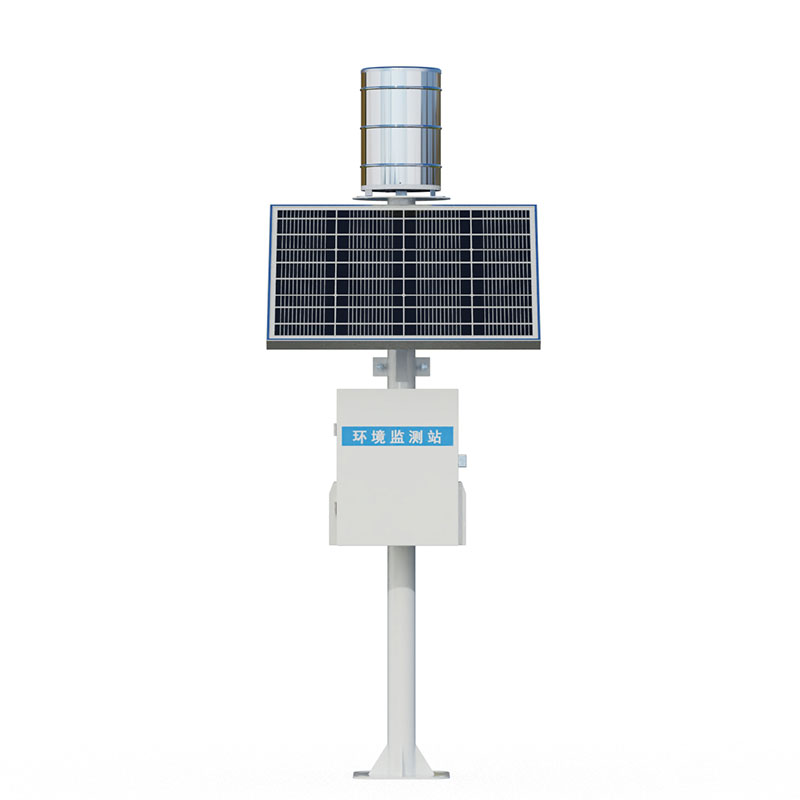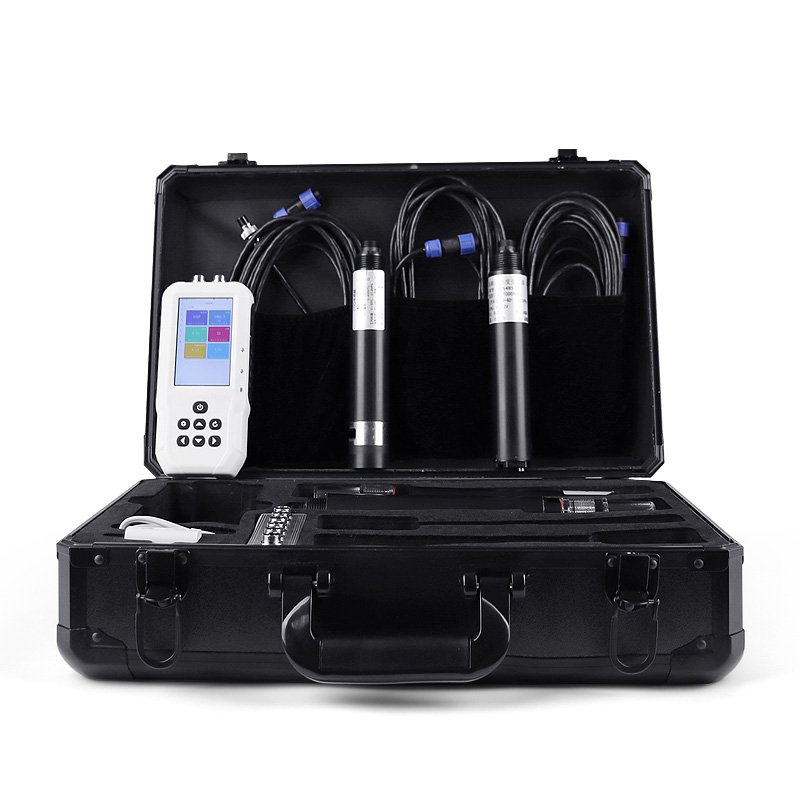Wheat stripe rust is a major disease in wheat production, which in severe epidemics can lead to a significant reduction in yield, even by more than half. The spread and occurrence of this disease is closely related to the number of summer spores. Currently, disease occurrence is mainly predicted through sampling and surveys conducted by agricultural technicians in the field, but this method is not only time-consuming and labor-intensive, but also difficult to monitor the disease on a continuous basis, which affects the accuracy of prediction and the timeliness of control.
To control stripe rust more effectively, researchers have been exploring new monitoring and control methods. These methods need to be able to monitor the occurrence and spread of the disease in real time, improve the accuracy of prediction, and take timely control measures. This is important for ensuring safe wheat production and improving yields.
One modern approach to monitoring wheat stripe rust is remote spore capture technology. This method usually involves automated image-capture devices that capture spores on wheat leaves and transmit these image data over a network to researchers for analysis.
The development of an automatic wheat stripe rust monitoring and early warning system based on these technologies not only reduces the need for labor and improves monitoring efficiency, but also provides more accurate disease data. By analyzing the type and number of spores, researchers can identify the occurrence of the disease earlier so that timely measures can be taken to prevent and control it. This approach helps to improve the prevention and control of wheat stripe rust and to ensure the healthy growth of wheat.
The system automatically switches, cleans and recovers slides through an automated collection device, captures spore images and uploads them to a server via the web. Users can monitor spore collection remotely via an Android mobile app and access the server to view historical data on air composition in the spore collection area, realizing automation and remote management of disease monitoring.

This paper addresses:https://fengtusz.com/industry/394.html









